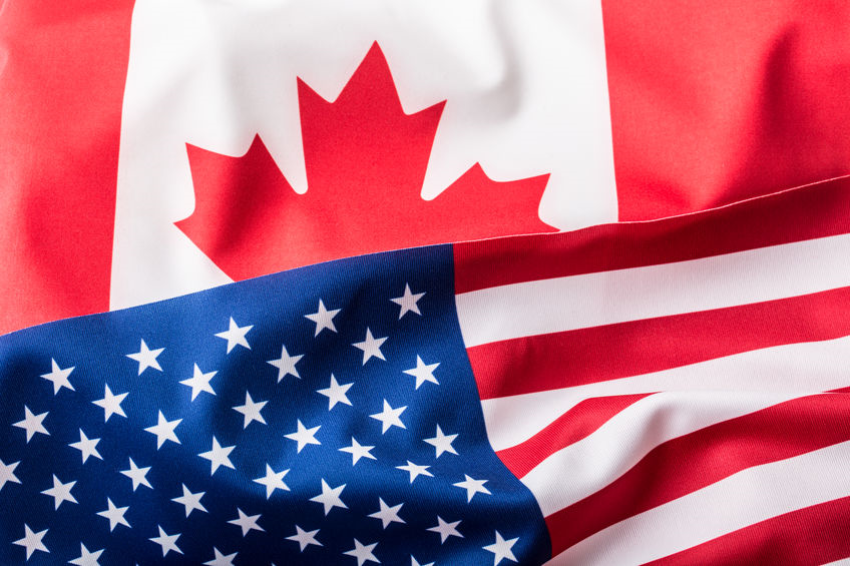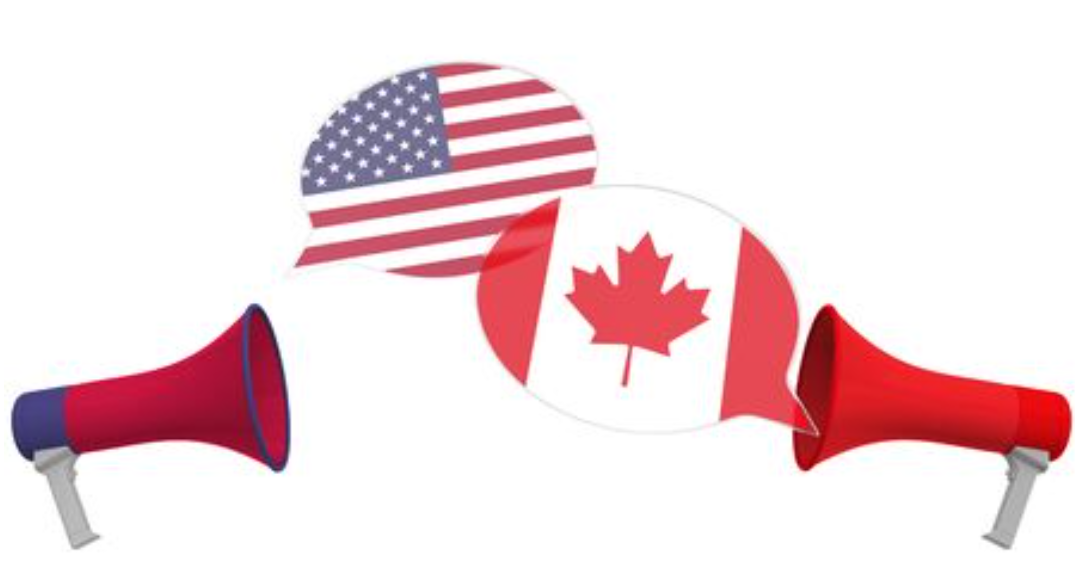Differences between American English and Canadian English

Once we fully master a language, it is possible to distinguish the differences in accent and vocabulary between specific areas where that language is spoken.
There is a strong contrast between British English and American English.
What about the English spoken in the United States and the one used in Canada?
Of course, although there are some peculiarities unique to each country, such as the different accents, we cannot say that these two English variants are extremely different.
Índice de contenidos
Index of contents
Index du contenu
Inhaltsverzeichnis
Indice dei contenuti
1. The history of English in Canada and in the United States

Canadian English is considered closer to British English and there are historical reasons for this. Canada, a constitutional monarchy and member state of the Commonwealth, has been more dependent on the British Empire, even after the Constitutional Act of 1791.
After the American War of Independence in 1776, many soldiers loyal to the British Crown decided to move to Upper Canada, as Lower Canada was occupied by French speakers.
Despite these historical factors, Canadian English is much closer to American English than to modern British English. As with Quebec French compared to the French spoken in France, these forms of English are more consistent with 18th-century British English.
2. American English vs. Canadian English: different pronunciation

The accent is the main difference between Canadian and American English.
Canadian diphthongs (vowels that change sound during pronunciation) are specific and are known as "Canadian raising." This makes words like "wife" pronounced "weef" or "about" become "aboot."
Naturally, there aretypical Canadian English words that are sometimes influenced by French.
In its post titled "What makes Canadian English unique", the language learning website Duolingo gives some examples of these words: toque, washroom, etc.
3. Evolution of American English and Canadian English

Canadian English has changed very little since Confederation in 1867.
In fact, standard English has not been greatly influenced by subsequent waves of immigration in both the United States and Canada.
On the other hand, several regional dialects have emerged, such as Southern American English and African American English for the United States, as well as Maritime and Newfoundland English for Canada.
In any case, it can be said that there are more differences between these dialects than between Canadian English and American English.
4. Translating into American and Canadian English

Translating texts or audiovisual material from American or Canadian English does not require more skills than mastering the specificities of the language as it is used on the new continent.
On the other hand, professional translators must be careful if the target language is specifically Canadian or American English. They will then have to follow the specific rules for the correct endings of words ending in "re" or "ue" and "z."
However, the use of spell checkers set to "English (Canada)" or "English (United States)" facilitates this task, which requires rigour and precision.
For professional translations requiring a high level of quality, it is best to turn to a competent translation agency with native speakers of American and Canadian English.
Other articles you may be interested in:

Blog writer and Community Manager interested in multiculturality and linguistic diversity. From her native Venezuela, she has travelled and lived for many years in France, Germany, Cameroon and Spain, passing on her passion for writing and her intercultural experiences.



Add new comment